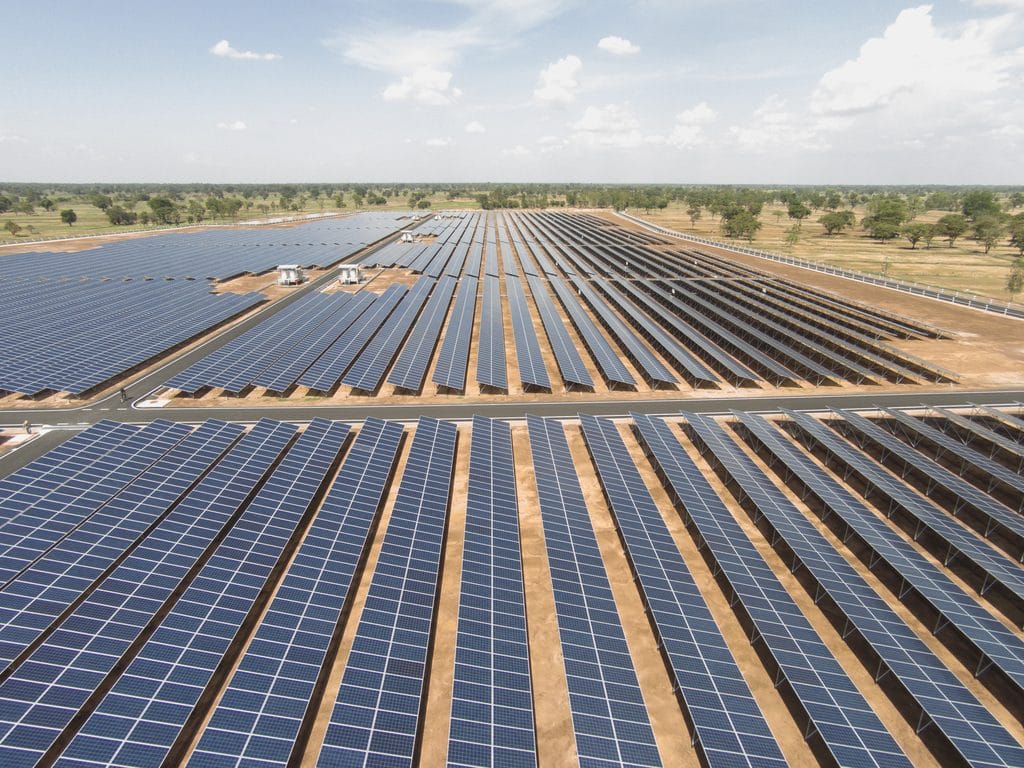The strategic shift towards solar energy is becoming a reality in Zimbabwe. The Zimbabwe Energy Regulatory Authority (ZERA) has issued a favourable opinion on the development of 39 solar projects in the country. This source of electricity is an almost unavoidable alternative in this East African country, faced with the drought that impacts the Kariba dam (1,319 MW), the main electricity production infrastructure.
To make matters worse, the obsolescence of equipment in thermal power plants causes many power outages. Solar energy therefore appears to be a reliable and easily developed alternative. “So far, the authority has received and processed a total of 39 solar energy projects, six of which are now operational, two others under construction and thirty-one that are still to be developed,” explains Eddington Mazambani, Zera’s interim general manager.
Complementary measures
According to Eddington Mazambani, the three projects currently under design are expected to produce 111 MW. 22 of the 31 projects validated by the ZERA and still to be developed are already at the level of feasibility studies and should produce 885.1 MW. Three other projects are in the financial mobilisation phase, for an expected capacity of 53.3 MW, in all.
In addition, the six solar projects whose development has been completed are already supplying 7.5 MW to the grid. All 39 solar photovoltaic projects together are expected to produce 1,151.87 MW. To encourage the development of solar projects, the Government of Zimbabwe has decided to exempt from customs duties the import of equipment necessary for the construction of solar photovoltaic power plants. An initiative that should motivate independent power producers (IPPs) to invest in the country.
Recently, Power Ventures proposed to build a 107 MW solar power plant in the Chidome Ward area of Hwange, a town in western Zimbabwe. This IPP also proposes to connect this solar power plant with an 88 kV transmission line 75 km long. The electricity would be fed into the network from a 32 kV substation that already exists in the Hwange district. The electricity produced by the Hwange solar power plant would be sold to Zimbabwe Electricity Transmission and Distribution Company (ZETDC), the company that supplies the country’s public electricity system.
Jean Marie Takouleu
